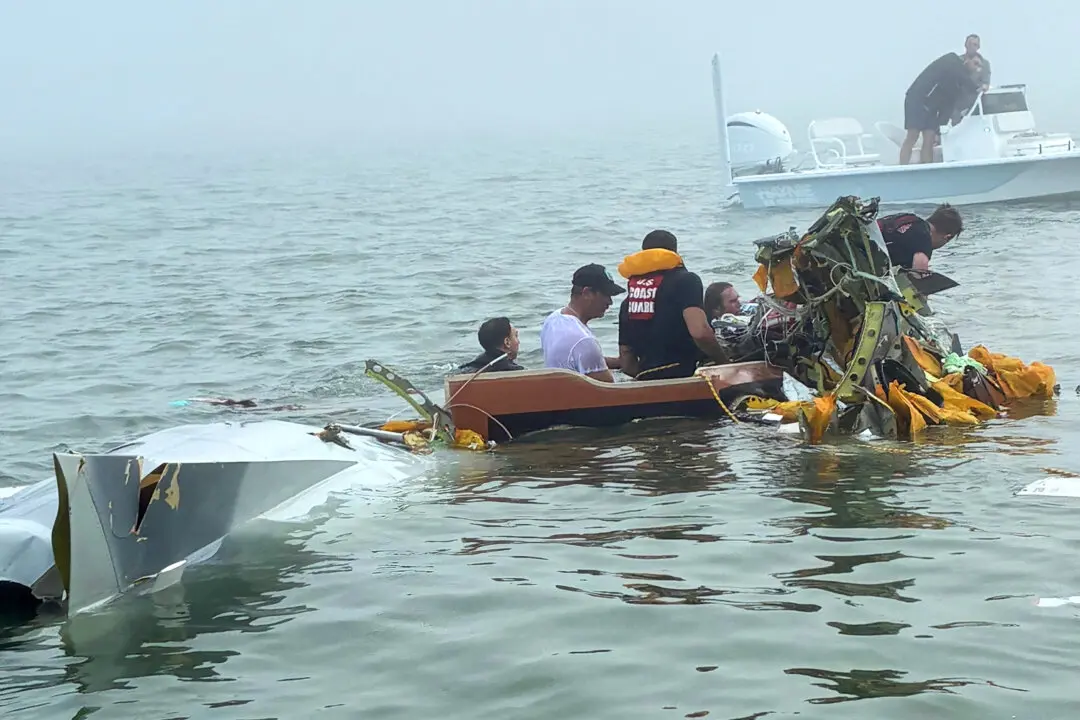PARIS—France’s reported coronavirus infection rate crept higher July 25, and Spain cracked down on nightlife, but German authorities were confident enough to send a cruise ship out to sea with 1,200 passengers for a weekend test of how the cruise industry could begin to resume operations.
French health authorities said the closely watched “R0” gauge is now up to 1.3, suggesting that infected people are contaminating 1.3 other people on average. That means the virus still has enough victims to keep on going instead of petering out.





